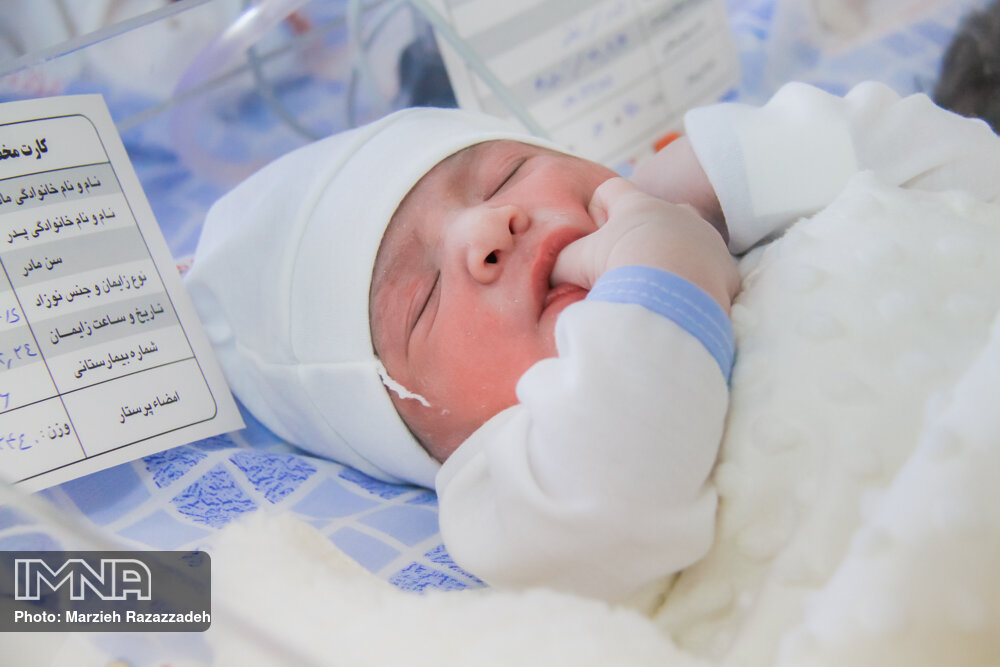According to the statistics published by the Statistics Center of Iran, the total number of births registered last year accounted for 1,114,155, while, a year before, some 1,196,132 births have been registered across the country, showing a decrease of 6.8 percent.
In general, according to the statistics, the birth rate decreased by 2.6 percent in the [Iranian calendar] year 1396 (March 2017-March 2018) compared to a year before, 8 percent in 1397, 12 percent in 1398, and 6.8 percent in 1399.
The rate of decrease in the number of births registered last year compared to four years before, the year 1395, is estimated at 27 percent.
Iran's population on a downward trend: UN
Iran's population will be on an upward trend until 2040, then it begins to experience a downward trend based on three scenarios by the UN World Population Prospects report revised in 2017.
The results on fertility growth show that in all three scenarios (low, medium, and high) until 2040, Iran's fertility rate will not increase to the level of replacement and the population growth rate of Iran will decrease based on all three scenarios.
The lowest scenario predicts that in 2030, the population growth rate of Iran reaches zero and the medium scenario suggests that in 2050, the rate becomes negative.

Also, the changes in the population show that if the current trend of fertility decline continues, according to the low scenario, the population of Iran will reach about 82 million by 2050, and about 77.6 million people in 2060, and by 2100 it will be reduced to about 42 million people.
Moreover, if the medium scenario is realized, the population of the country will decrease to about 93 million by 2050, then to about 72 million by 2100.
Population growth becomes negative within 20 years
Mohammad Javad Mahmoudi, chairman of the population policies committee of the Secretariat of the Supreme Council of the Cultural Revolution said that given that the fertility rate is now below the replacement limit, it is predicted that from 2036-2041, the population growth rate will reach zero and then becomes negative.
Population growth policies
Some 14 policies to support childbearing and the family were announced by the Leader in [the Iranian calendar year] 1389 (March 2014-March 2015) when he stressed that social, cultural, and economic development should be done in accordance with these general policies to support families.
The policies address the need to increase the population and the various dimensions of it, including childbearing, facilitating marriage and strengthening the family, reproductive health, promoting the Iranian-Islamic lifestyle, empowering young people, honoring the elderly, and the environment, which can lead to an increase in the quantity and quality of the population if it is timely and continuous implemented.
The Majlis (Iranian Parliament) approved on March 16 to implement a population growth and family support plan for 7 years to change the declining trend of childbearing.
The plan stipulates health insurance for infertile couples, providing services and facilities to working women, providing health and nutrition support packages to mothers and children, educational opportunities for student mothers, providing livelihood support to families, and ongoing medical services to pregnant women.
Tehrantimes


Your Comment